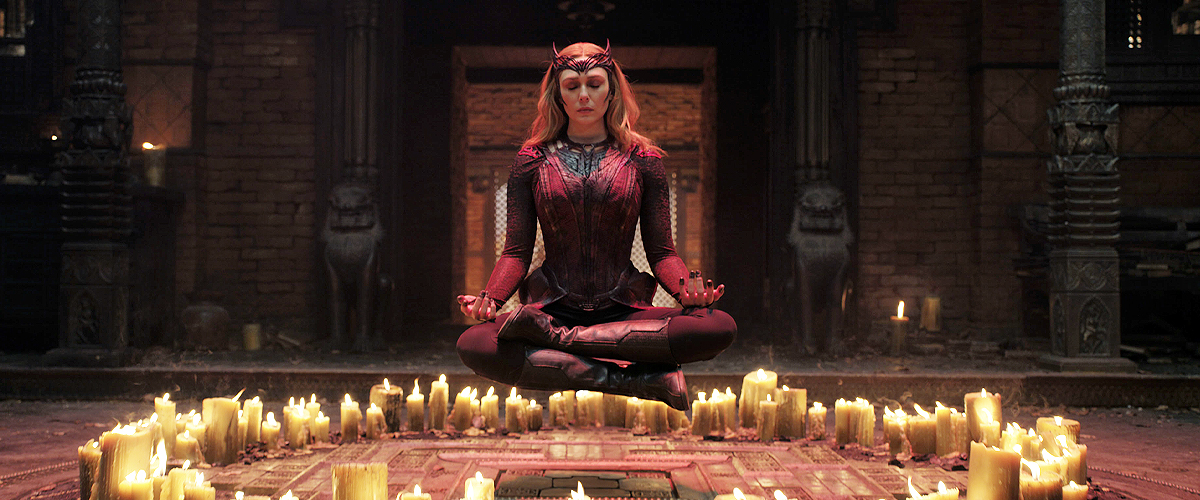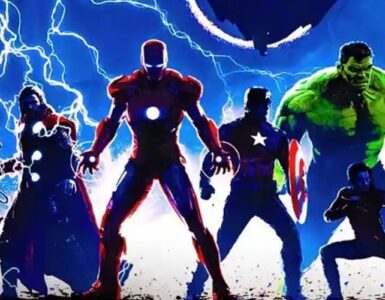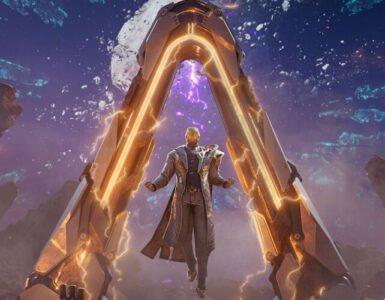One of them can be considered as the man who reinvented the modern superhero movie, while the other is the one who developed the idea of alternate variants within the Marvel Cinematic Universe (MCU), and together, the duo of Sam Raimi and Michael Waldron have teamed up to explore the concept of the multiverse on the big screen, with Marvel Studios’ Doctor Strange and the Multiverse of Madness.
Raimi might have started out with horror films, including the cult classic Evil Dead series, but fans would be familiar with his Spider-Man trilogy with Tobey Maguire which set a new standard for superhero films in 2002. Waldron’s resume isn’t as extensive but after cutting his teeth as a producer and writer for Rick and Morty, he was hired as the head writer and executive producer on Disney+’s Loki, which introduced the concept of the multiverse to the MCU.
So instead of a superhero movie that rehashes the idea of spandex-clad heroes with fancy tech and out-of-this-world powers taking on big-bads who can destroy an entire city with ease, the duo have the challenge of showing audiences not just a world, or a universe, but multiple universes, or multiverses that don’t just exist, but are also relatable.
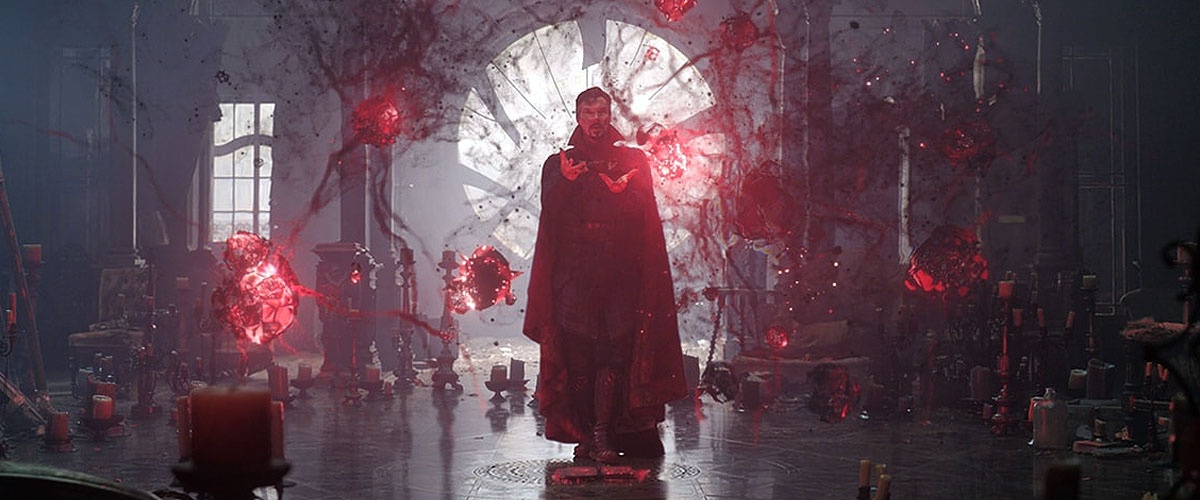
“My biggest challenge as the writer was just how do you define the multiverse as a real place? If we’re gonna go to another universe, you don’t want it to just be a cartoon version of another universe,” said Waldron in an interview with Geek Culture.
While he’s fresh from his stint on Loki, where he defined the established rules around dimensional travel and character variants, Doctor Strange and the Multiverse of Madness challenged the writer to expand the MCU to a larger scale, for fans looking at something fresh within the franchise.
“It has to actually be a fully realized, lived-in world with its own history and character backstories and an internal logic… so I think was just figuring out how do we realize that in a way that’s exciting and believable for the audience, because I felt like that that was the real offer of this movie.”
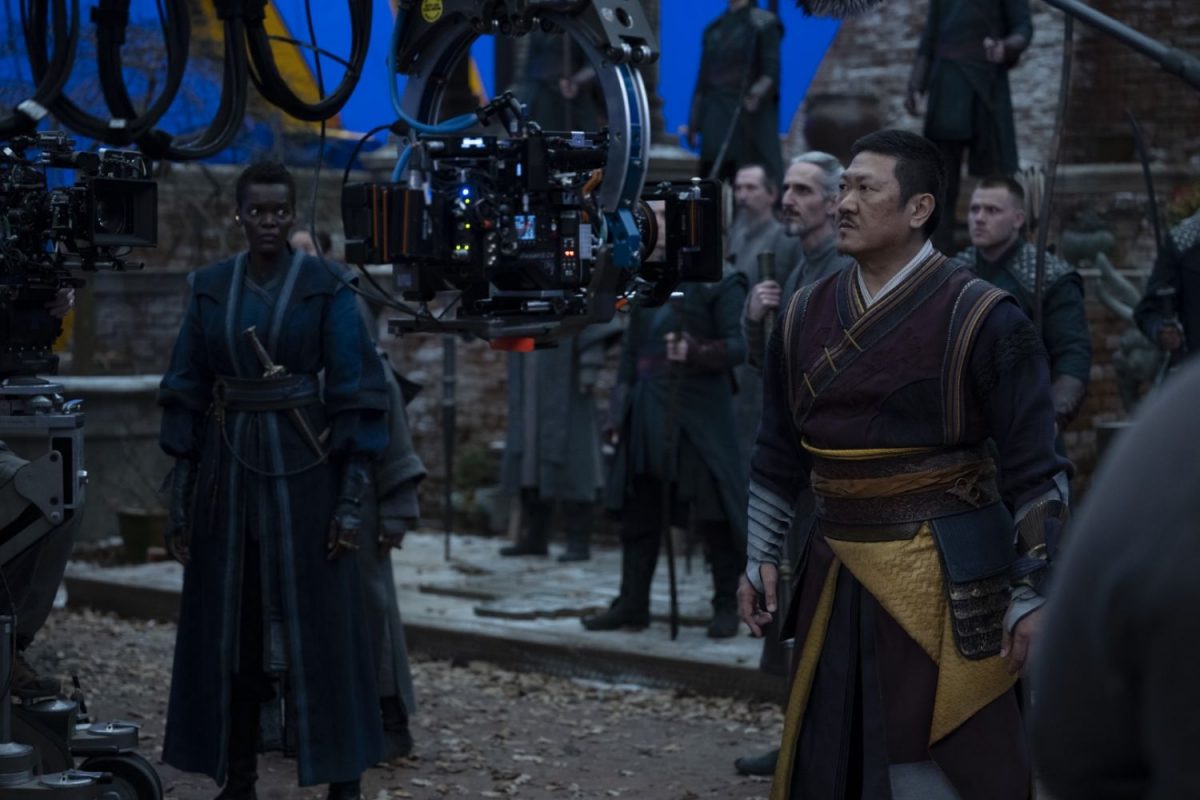
The journey into madness had a few challenges of its own, especially since the pandemic necessitated numerous reshoots and changes to the script. At the time of its ideation, ideas and concepts for WandaVision, Loki and even Spider-Man: No Way Home were also being formulated, with the MCU nowhere close to what it is now. Since this movie now takes place after the events of WandaVision and Spider-Man: No Way Home, the script had to reflect the impacts and consequences of said events, including Wanda Maximoff’s (Elizabeth Olsen) decision to enslave the entire town of Westview, and Doctor Strange’s (Benedict Cumberbatch) memory erasing spell for Spider-Man (Tom Holland).
“I think that Michael took on in really defining what the multiverse was. Not one universe but many universes, and taking all these story threads from the previous Marvel movies and bringing them forward in a logical and entertaining way,” added Raimi.
The script was constantly changing to the point where cast members only got confirmed scripts minutes before a scheduled shoot. Even then, some of the actors still adjusted and changed the script as the shooting was happening because they felt it embodied their characters better.
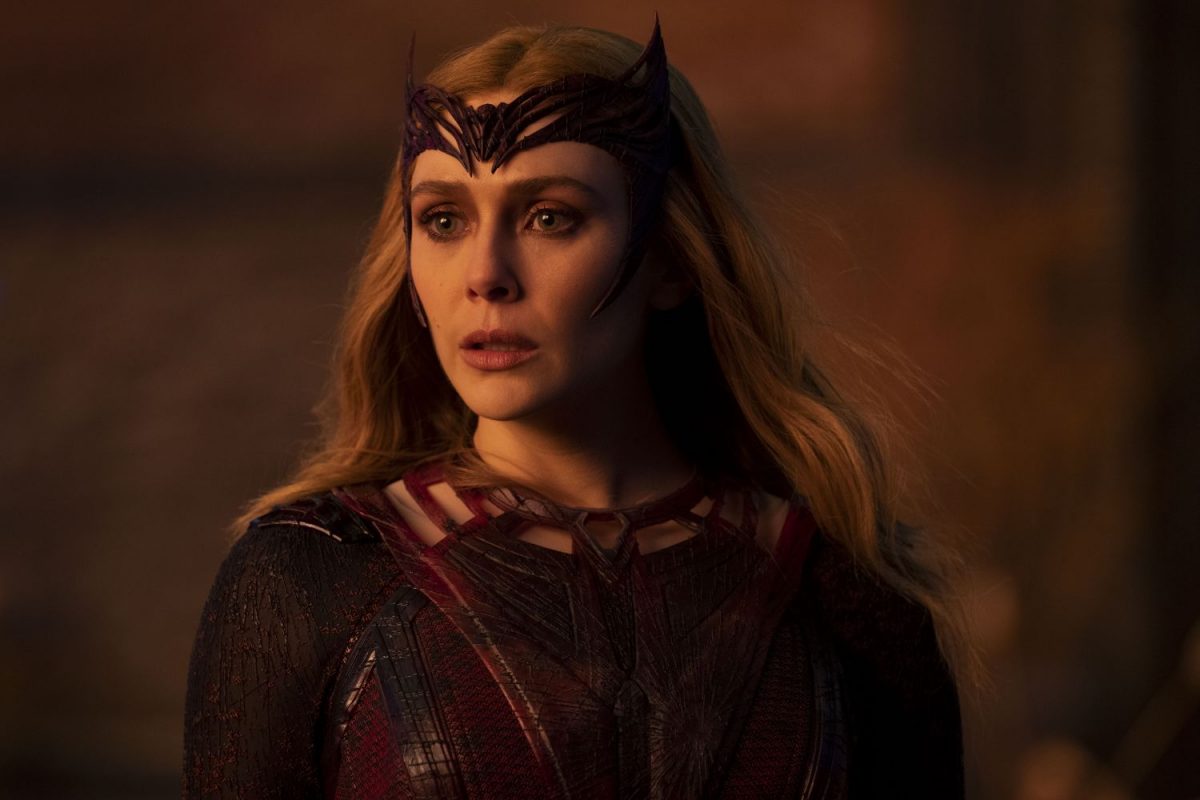
This production process might seem like a nightmare to most, but it was actually a welcomed process by those responsible for this direct sequel to 2016’s Doctor Strange. As celebrated as Raimi is, and as creative as Waldron is, no one knew the characters better than the cast themselves, especially for Olsen, Cumberbatch and Benedict Wong, who have been playing their roles for quite a while, across multiple appearances in the MCU. As relative newcomers to the franchise, Raimi and Waldron wanted the movie and the characters to feel real, relatable and most importantly human.
“What makes a superhero so popular is that the audience can identify with the human being at the superhero’s core. They recognize them as somebody they can relate to, somebody that’s human and has flaws. And then they see that person facing obstacles and then overcome the obstacles – I think stories like that are very inspiring for the audience,” explained Raimi.
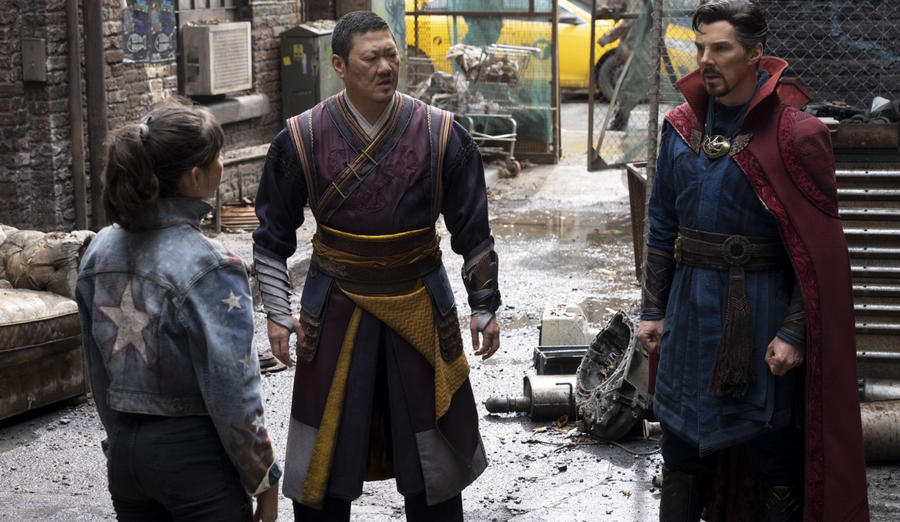
“I think a successful multiverse story is one that we experience through the eyes of the characters that we care about, like Stephen Strange, like Wanda, that are reacting to it and in a human relatable way,” Waldron added.
“The challenge is to make sure that the audience never feels like what they’re experiencing is information. You have to hold on to the emotional core of these characters more than ever and as long as the human stories remain grounded, and relatable, then I think we can get as crazy as our imaginations will allow us to.”
And that imagination is now supported by more powerful filmmaking tools that Raimi did not have when he made his three Spider-Man films. After all, swinging from building to building – which was pretty cool at the time – has now evolved into energy blasts coming out of one’s hands and levitating in the air.
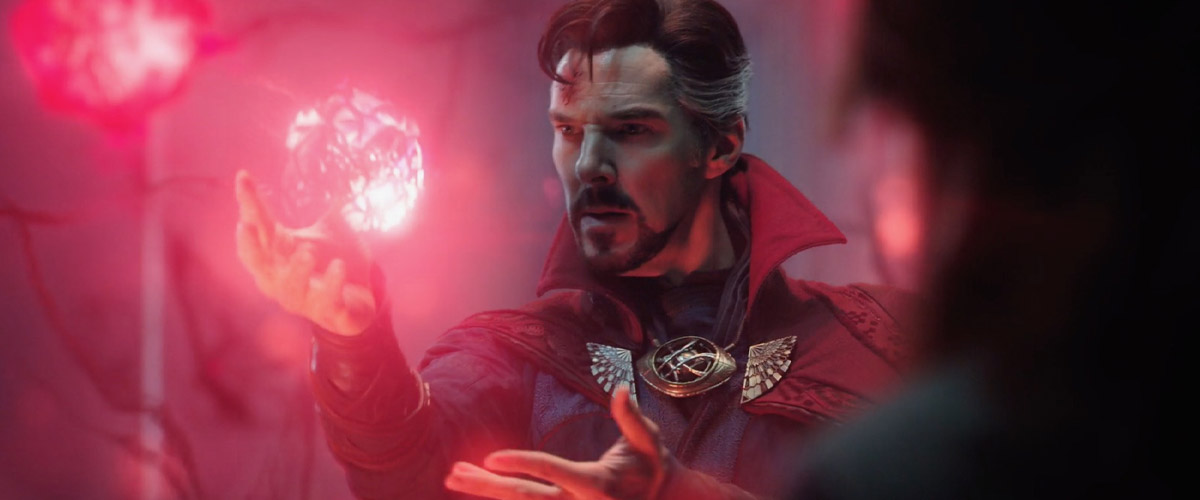
In addition, Doctor Strange in the Multiverse of Madness isn’t a story that takes place in the concrete jungle known as New York City, but also a New York City that looks like a futuristic Garden of Eden with pastel flora decorating sidewalks and rooftops, and one decimated by unnatural forces, amongst many others. Each universe, while similar and familiar, had to also feel unique and different.
“What was important for me was having the tools to accurately and properly present it to the audience. I needed a great definition of what these different places were, how do they feel? How do they sound? How do they look? What are the textures like,” shared Raimi.
“What Michael had written was a journey for the first time in Marvel cinematic history of characters that were ours, moving out of our universe into others, and I really wanted that experience to be specific and unique for the audience.”
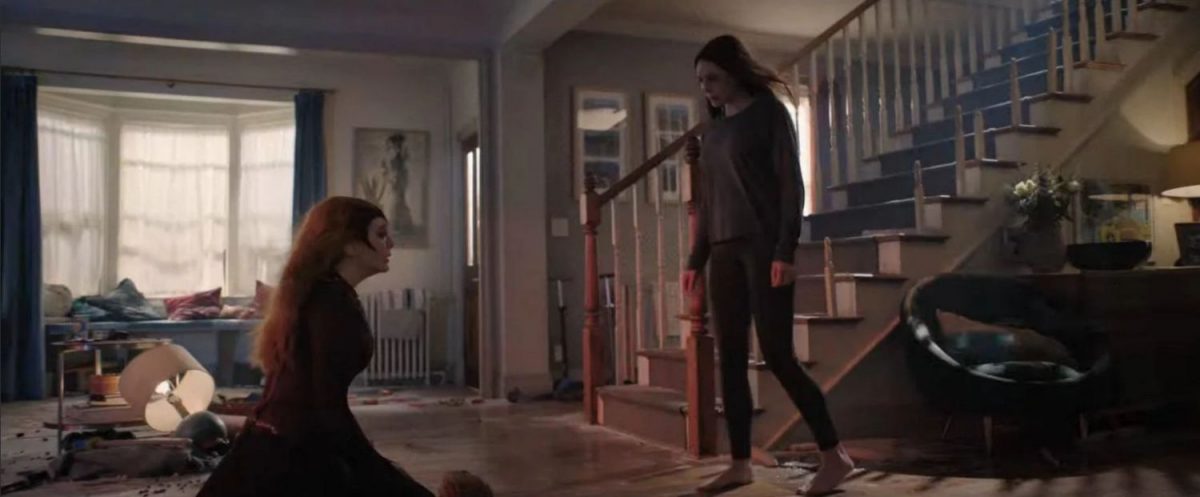
Thankfully for Raimi, creating a world full of action and imagination is much easier now compared to his Spider-Man days 15 years ago, as the tools and technology required to make such films have advanced exponentially.
“Well, we no longer have to make the tools to make the tools as we did with Spider-Man. I remember being flummoxed, wondering how on Earth we were going to bring about the incredible ballet that Spider-Man performs in the skies above New York in a movie,” shared Raimi.
Back then, Raimi initially planned to make a rig that would swoop down over the city, when his visual effects supervisor John Dykstra advised him to use CGI.
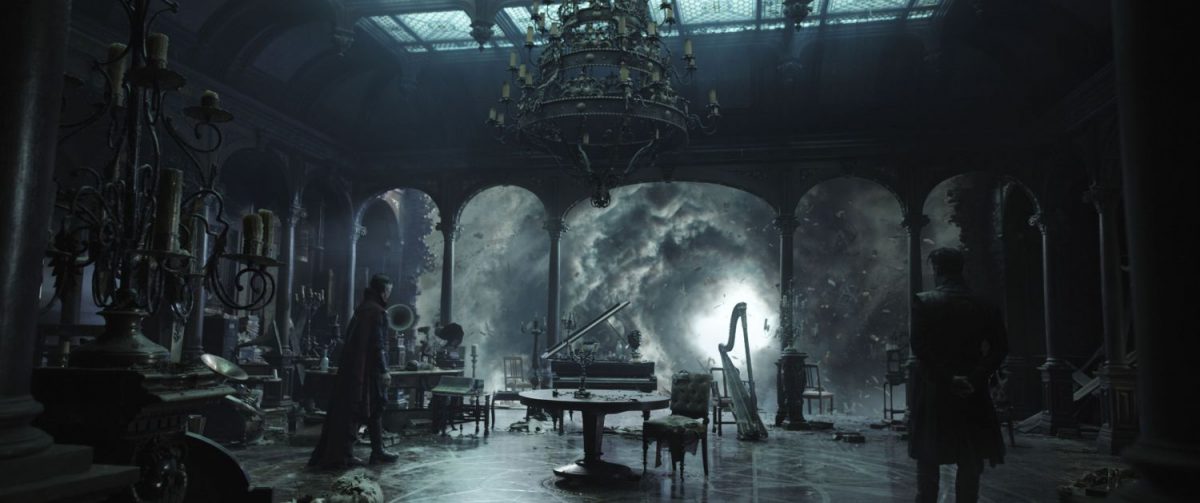
“I said, ‘John, I’ve seen great CGI cartoons and objects, but I’ve never seen a CGI character on screen that was convincing as a human being. He said, “You know what, it’s because the technology doesn’t exist, but if we work now, and we invest in the technology and the computers, and the programs, we’ll make it exist, we’ll bring it into existence in a year and a half.’” reflected Raimi.
It’s no secret that Marvel Studios, which tells stories of superpowered beings, Norse Gods, interdimensional creatures and everything in between, uses CGI to great effect so when it came to Doctor Strange in the Multiverse of Madness, it was no different – and by then, Raimi had all the tools he needed in the palm of his hands.
“The biggest difference technologically between then and now, is I don’t have to make any of the tools. Now there are systems in place, which Marvel has really perfected, that allow a filmmaker to tell their version of the story, and really anything they can imagine as possible,” Raimi concluded.
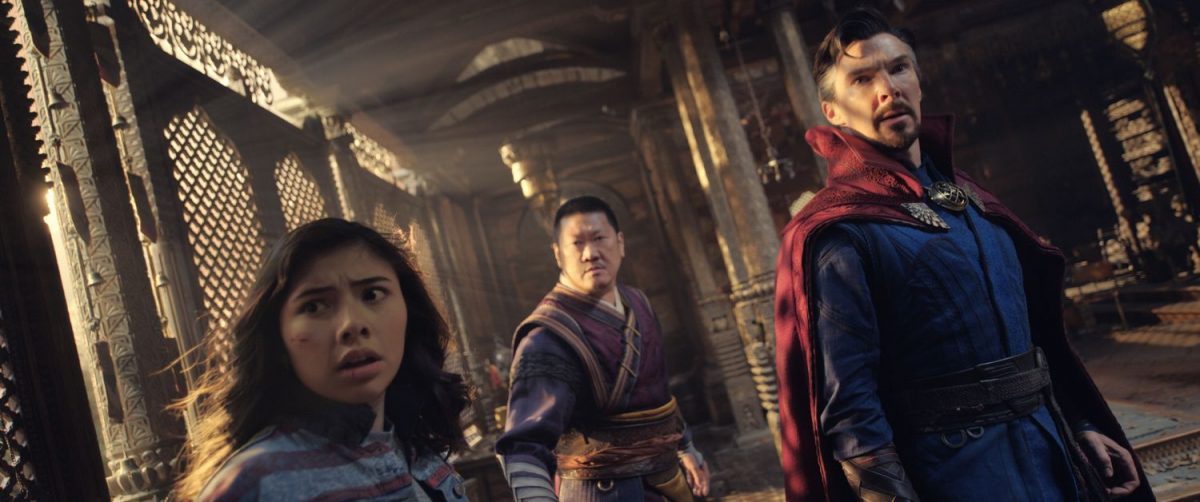
Doctor Strange in the Multiverse of Madness has created a lot of fanfare for being the first MCU film to take on the horror genre and one that teases numerous cameos now that our heroes are travelling through the multiverse.
Whilst early critic reviews of the movie are split in the middle, one can’t deny that the multiverse Raimi and Waldron have created is absolutely unique, exciting and like the title suggests, maddening. It presents Marvel writers and filmmakers that come after it bigger opportunities and new universes to explore in their storytelling.
Doctor Strange in the Multiverse of Madness is now showing in cinemas. The movie stars Benedict Cumberbatch as Doctor Strange, Elizabeth Olsen as Wanda Maximoff, Benedict Wong as Wong, and newcomer Xochitl Gomez as America Chavez.

